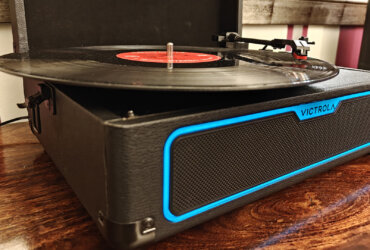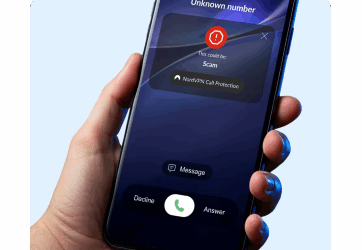The DJI Mic 3 is an ultralight wireless microphone that builds on previous generations of the DJI Mic series with support for up to four transmitters and eight receivers for multi‑camera production and group recordings.
It is the first in the series to feature an adaptive gain control that automatically prevents clipping or dynamically balances the volume, along with three voice tone presets and two-level noise cancelling. Another first is the dual-file 32-bit float internal recording with 32GB of storage.

The DJI Mic 3 transmitter is compact and discreet, weighing just 16 grams. The microphone angle can be flexibly adjusted with the detachable, rotating clip, ensuring optimal audio capture, no matter how it’s attached. It can be worn with either a magnetic or a clip-on attachment. The DJI Mic 3 windscreens can also be purchased in five different colours to easily match clothing or the environment.
Creators can easily bring Mic 3 from location to location for multi-scene shooting while recharging on the go. The all-in-one charging case neatly holds two transmitters and one receiver. The transmitters can be stored without needing to remove the windscreen and magnetic clip. There is also space for the magnets and locking cables.
The Mic 3 is the first DJI microphone to feature two Adaptive Gain Control modes. For outdoor environments with dramatic volume, like sporting events, Automatic mode suppresses sudden volume spikes and prevents clipping. Meanwhile, Dynamic mode automatically adjusts gain in response to volume changes, ensuring consistent loudness, which is ideal for quiet indoor settings like studios.

Mic 3 is the first DJI microphone to offer three voice tone presets as well: Regular, Rich, and Bright. Ideal for interviews with multiple people with different vocal characteristics, this feature professionally tunes voices, boosting low frequencies to reduce muddiness or enhancing high frequencies to improve clarity.
Simultaneously, two-level active noise cancelling reduces background sounds such as air conditioning to deliver crisp and clear audio. With the windscreen attached, wind noise can be further reduced. Finally, the Lossless Audio feature enables the transmitter to deliver uncompressed 48kHz 24-bit audio directly to the receiver.
With its capacity of up to four transmitters and eight receivers at once (additional transmitters and receivers are sold separately), you’ll get crystal-clear audio on every device whether it’s a group interview or multi-camera shoots, says DJI. When set to Quadraphonic mode, the DJI Mic 3 receiver, paired with select Sony cameras or computer software, supports independent output of four audio tracks. This enables precise track separation and flexible mixing, giving you greater creative freedom in post-production.

For complex, large environments like trade shows or sporting events, Mic 3 features a range of 400 metres and strong resistance to interference, with automatic frequency hopping between 2.4GHz and 5GHz bands ensuring solid transmission
Internal recording protects material from wireless interference or device issues, ensuring you never need to worry about lost audio. The Mic 3’s dual-file internal recording saves both the original track and the algorithm-enhanced version. This allows for creative flexibility and simplifies post-production processing.
With two internal recording specifications, either 24-bit or 32-bit floating point, Mic 3 provides a dynamic range that adapts better to complex sound environments, says the company, able to capture every nuance of a voice from a whisper to a shout.

The transmitter offers high-precision timecode functionality, embedding timecode data during internal recording. Within a 24-hour period, the timecode won’t deviate for more than one frame, guaranteeing precise synchronization across multiple cameras and allowing effortless alignment of footage in post-production.
A fully charged Mic 3 transmitter lasts up to eight hours and the receiver lasts up to 10 hours. The charging case provides 2.4 full charges, achieving 28 hours of extended use. A five-minute quick charge can power the DJI Mic 3 for two hours, while just 50 minutes is needed for a full charge. The Mic 3 also offers multiple power-saving features to prevent the need for recharging. For example, Auto Power-Savings puts the receiver and transmitter to sleep if not in use, while Auto Power-Off turns them off after a period of inactivity.
With a direct connection to the DJI OsmoAudio ecosystem, DJI Mic 3 pairs with Osmo 360, Osmo Action 5 Pro, Osmo Action 4, or Osmo Pocket 3 without a receiver, delivering premium audio while minimizing the amount of gear needed and simplifying workflow. To connect with other devices, Mic 3 features a locking 3.5mm TRS output port, a 3.5mm TRRS monitoring port, and a USB-C port. It can also connect directly to smartphones via Bluetooth without a receiver.
The DJI Mic 3 will be on display at IFA 2025 in Berlin from September 5-9, 2025. The company’s booth is in Hall 20-149.




